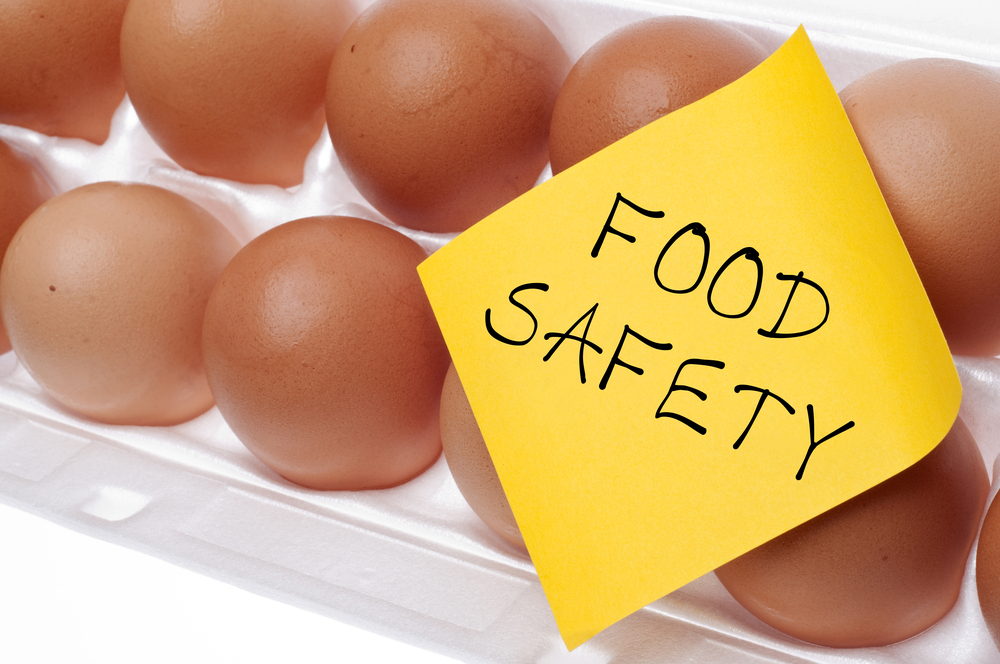TREATMENT
Though healthy individuals will recover from a foodborne disease briefly, some can suffer from constant, extreme, or even dangerous medical problems. Moreover, a few people are at a higher risk for acquiring foodborne diseases, including pregnant women, small kids, elderly, and individuals who have chronic conditions and are immunocompromised, (for example, transplant patients and people with HIV/AIDS, cancer, or diabetes).
CLEAN
- Consider utilizing paper towels to tidy up kitchen surfaces. If you use fabric towels, wash them frequently in hot water.
- Wash hands and surfaces regularly
- Wash your cutting sheets, dishes, utensils, and ledges with hot lathery water after setting up every food item.
SEPARATE
- Separate crude meat, poultry, fish, and eggs from different foodsin your shopping cart, basic food item packs, and fridge
- Separate raw meats from different foods
- Try not to reuse marinades on foodsexcept if you heat them to the point of boiling first
- Utilize one cutting board for new products and a different one for raw meat, poultry, and fish
COOK
- Bring sauces, soups, and sauce to a boilwhile warming
- Just use recipes in which eggs are cooked or warmed completely
- Cook to the correct temperature
CHILL
- Continuously marinate food in the cooler
- Never defrost food at room temperature, for example, on the ledge. There are three safe approaches to defrostfood: in the icebox, in cool water, and the microwave. Food defrosted in chilly water or the microwave ought to be cooked right away.
- Refrigerate foods immediately
- Refrigerate or stop meat, poultry, eggs, fish, and different perishables within twohours of cooking or buying


